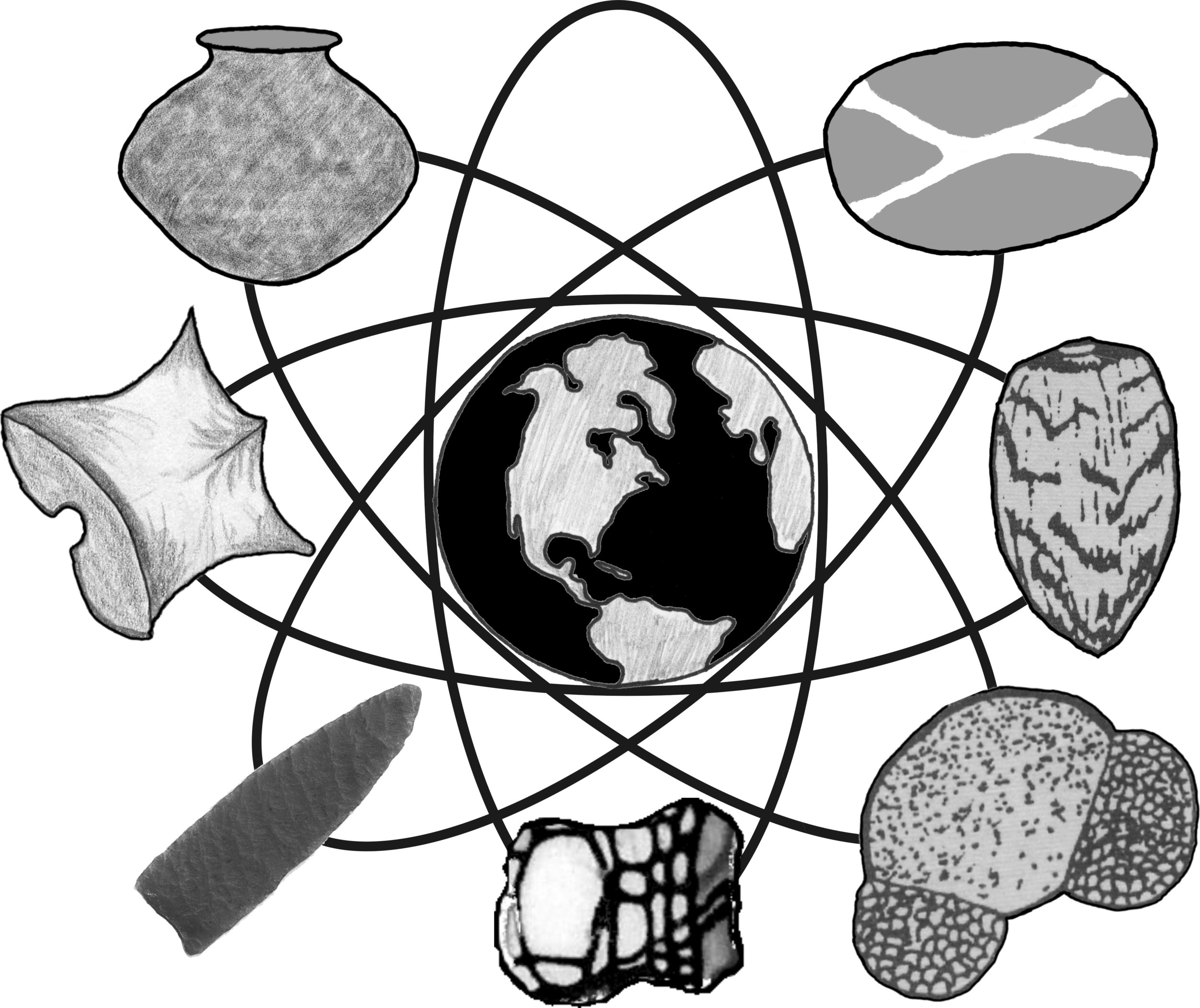Phytolith
Phytoliths are silica bodies produced by plants when soluble silica in the ground water is absorbed by the roots and carried up to the plant via the vascular system. Evaporation and metabolism of this water result in precipitation of the silica in and around the cellular walls. Opal phytoliths, which are distinct and decay-resistant plant remains, are deposited in the soil as the plant or plant parts die and break down. They are, however, subject to mechanical breakage and erosion and deterioration in high pH soils. Phytoliths are usually introduced directly into the soils in which the plants decay. Transportation of phytoliths occurs primarily by animal consumption, man's gathering of plants, or by erosion or transportation of the soil by wind, water, or ice.
Phytolith analysis can be a good tool for examining both the paleoenvironment and also cultural records, including evidence of diet and food processing. In some environments the vast majority of phytoliths recovered will represent grasses. Therefore, in many areas, phytolith analysis is very complementary to pollen analysis. Neither analysis is a good substitute for the other. Starch analysis is valuable primarily as an additional tool for examining food processing and diet.
Paleoenvironment
Phytoliths are relatively durable in many sediments. Phytoliths produced in grasses have been studied intensively. Grass short-cell phytoliths are typically divided into festucoid (cool season grasses), chloridoid (short grass), and panicoid (tall grass) forms. In addition, buliforms, trichomes, and elongate forms represent other grass cells. Smooth elongate phytoliths are of no aid in interpreting either paleoenvironmental conditions or the subsistence record because they are produced by all grasses. They do, however, indicate the presence of grasses. There is some overlap in the production of these "typical" forms. As an example, some festucoid grasses produce a few bilobates. In tropical forests some trees and/or fruits produce phytoliths in abundance.
Agricultural tools associated with grain threshing
Phytoliths are proving to be extremely useful in identifying the use of bladed threshing sledges in both prehistoric and historic settings. Recovery of cut phytoliths from prehistoric Old World sites, as well as historic New World sites indicates use of bladed threshing sledges.
Zea Mays cob phytoliths as a genetic proxy
Zea mays cobs and glumes (those papery things that get stuck in your teeth when you eat corn-on-the-cob) produce phytoliths unique to this portion of the plant. These phytoliths, like all others, represent casts of the inside of plant cells. In the case of maize cobs, the process of genetic manipulation put its stamp on the cells. Therefore, opal phytoliths can be considered a proxy for the genetic signature of maize cobs. It is this fact that makes possible identification of the individual race of maize through computer measurement of phytoliths. Although the size of the phytoliths probably represents environmental conditions, measurements include shape parameters, representing the shape of the cells, which is under genetic control. By measuring a population of 50 phytoliths we produce a mathematical signature of shape parameters. It is possible that size will prove to be related enough to environmental signature that mathematical averages will be retrodictive of growing conditions, specifically available moisture. We are currently conducting research in these areas. We are producing data bases for maize/corn of different prehistoric races in the hope that this data will be useful in identifying transfer of goods and movement of people across the landscape.
Food processing and diet
The phytolith record has the potential to inform concerning use of plants that have been processed for food or medicine, or any number of other uses. In areas with agriculture, Zea mays (corn, maize) phytoliths can be an important part of the record. When maize/corn cobs are burned as fuel in hearths there should be a sizeable population of cob phytoliths for recovery. Even more important is recovery of maize/corn cob/glume phytoliths from ceramics or groundstone. Recovery of maize/corn cob/glume phytoliths from residue that built up on ceramics during their use (some of these appear burned or charred, while others do not) can contribute more than just an identification of the presence of maize/corn. Recovery of maize/corn cob/glume phytoliths in a context of food processing often provides a population of phytoliths that can be imaged and measured. Part of the measurement process includes producing shape data. Since phytoliths represent silica casts of the inside of plant cells, they are considered a proxy for genetic information. Shape is considered to be under genetic control, while size should respond to environmental conditions. We are producing data bases for maize/corn of different prehistoric races in the hope that this data will be useful in identifying transfer of goods and movement of people across
Other cultivated New World foods that are noted to produce phytoliths include beans and squash/pumpkin. Beans are particularly difficult to document in the archaeobotanic record. When "green beens are processed, dried, stored, or reconstituted later, hook-shaped phytoliths can be recovered. Phytoliths are produced in the rinds of squash/pumpkin, which also can be illusive in archaeobotanic records. Some plants produce calcium oxalate crystals rather than opal silica phytoliths. Examples include Chenopodium (goosefoot) greens (also spinach greens), Atriplex (saltbush, etc.) fruits and leaves, members of the legume family, and others. Spinach calcium oxalate druses and legume calcium oxalate crystals

